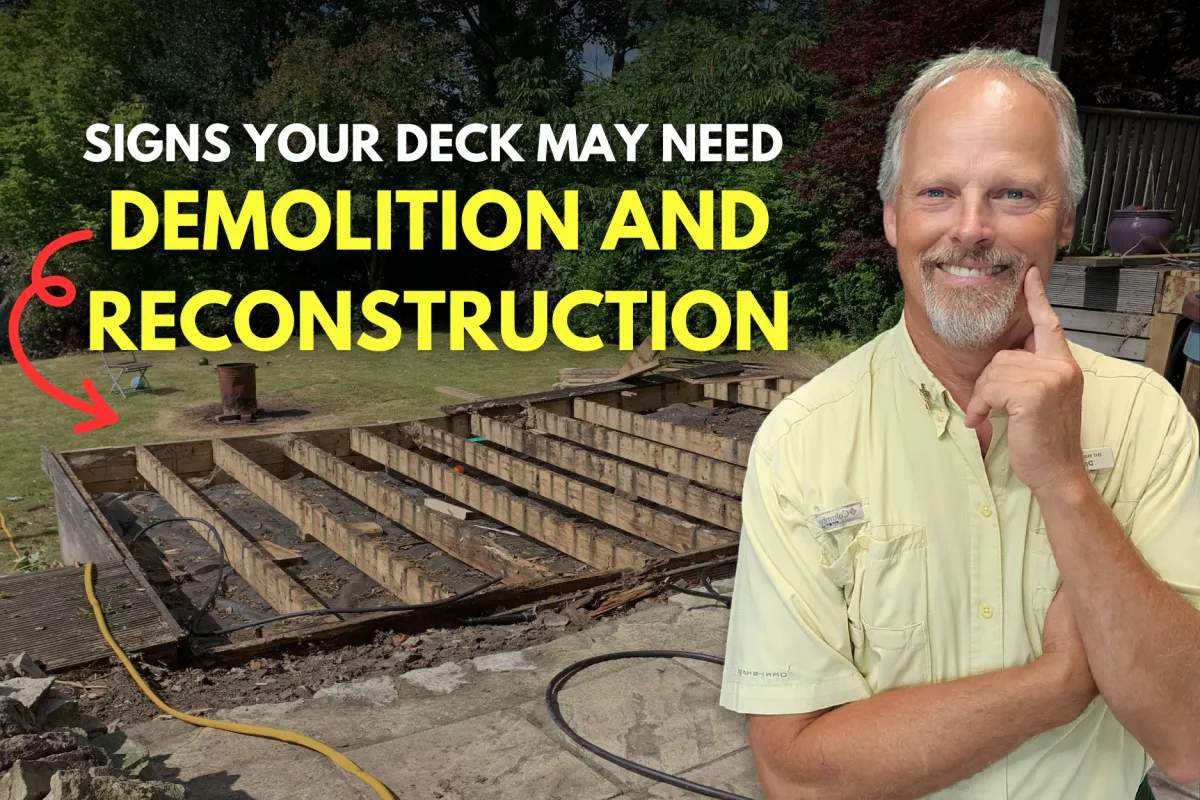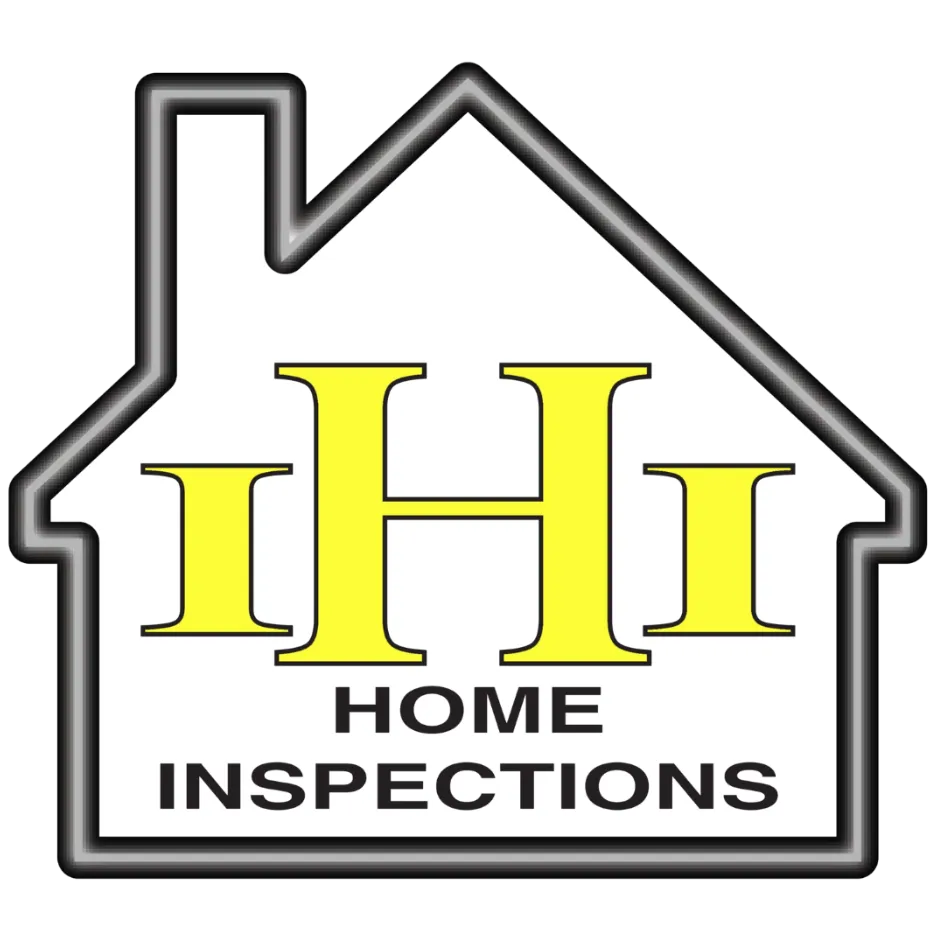
Warning Signs Your Deck May Need Demolition and Reconstruction | North Atlanta Home Inspector Tips
Is Your Deck Putting Your Family at Risk?
A backyard deck can be the heart of your home—perfect for morning coffee, weekend grilling, and summer parties. But when was the last time someone actually inspected it?
As a professional home inspector serving North Atlanta, GA, I’ve seen decks that looked great on the surface—but were one rainy day away from collapse.
🚨 Don't ignore the warning signs. A deteriorating deck can lead to injury, structural damage, and expensive repairs. If your deck shows any of the following symptoms, it may be time to consider demolition and reconstruction.
8 Signs Your Deck Might Need Demolition
1. Missing Parts
Whether it’s a few boards or an entire stair rail, any missing components compromise safety and structural strength. Don't ignore the gaps—replace or rebuild.
2. Sagging or Uneven Surface
A properly built deck should be level. If it feels uneven or appears to be sagging, it could indicate rotting joists or failing support posts.
3. Loose or Wobbly Railings
Railings are critical for preventing falls. If they move when touched, that’s a serious safety issue and a red flag for deeper structural concerns.
4. Rust on Metal Fasteners
Rusty nails, screws, and brackets weaken over time. Corrosion spreads, affecting more than just the hardware—it can lead to joist separation and collapse.
5. Loose Connections
Support posts pulling away from beams or improper attachments to your home’s frame can spell disaster. These loose joins are often invisible to the untrained eye until it's too late.
6. Mold or Mildew Growth
Black or green spots aren’t just ugly—they’re dangerous. Mold signals excess moisture, which leads to wood rot and decay beneath the surface.
7. Rotted or Soft Wood
Run your foot across the deck boards. Feel soft spots? See splinters or wood flaking apart? You may have deteriorated wood that’s beyond repair.
8. Posts Touching Dirt
Deck support posts should never sit directly in soil. Moisture absorption causes rot, weakening the entire structure from the ground up.
Outdated Codes? That’s a Deal Breaker
Building codes evolve for a reason—to keep you safe. If your deck was built years ago, it might not meet current standards. Some older decks lack:
Proper flashing where the deck meets the house
Correct railing heights or baluster spacing
Adequate load-bearing footings
Before listing or buying a home, have your deck reviewed by a licensed inspector familiar with current codes.
See a Deck Disaster Waiting to Happen
Home Inspector David Lelak recently documented an inspection where the deck looked fine—until he got underneath.
📺 Watch the YouTube video here to see signs of:
Settlement problems
Rotted floor joists
Improper construction techniques
You’ll be shocked at what’s hidden behind the paint and stain.
Why Deck Inspections Are Essential in North Atlanta, GA
Our humid Georgia climate isn’t deck-friendly. In areas like Canton, Cumming, Jasper, Alpharetta, Roswell, and Woodstock, we frequently see:
Water-damaged framing
Insect infestations (termites & carpenter ants)
Mold inside support beams
That’s why deck inspections are included in every full home inspection from IHI Home Inspections.
What We Do During a Deck Inspection
When you book with IHI Home Inspections, here’s what we check:
Structural supports & framing
Joists, beams, and footings
Railing height and stability
Fastener integrity
Ledger board attachment
Wood condition and moisture presence
Code compliance and safety hazards
You’ll receive a next-day digital report with high-resolution photos and repair suggestions.
Areas We Serve
We inspect decks and homes across North Georgia, including:
Canton
Ball Ground
Holly Springs
Woodstock
Cumming
Jasper
Dawsonville
Alpharetta
Roswell
Gainesville
Deck Demo Doesn’t Have to Be a Disaster
If you suspect your deck is unsafe or outdated, don't wait for an accident. A proactive inspection can help you:
Negotiate repair credits in a sale
Plan a safe and code-compliant rebuild
Avoid legal liability and injury
📞 Schedule Your Deck and Home Inspection Today
Trust the deck inspection experts at IHI Home Inspections.
📅 Book now: https://homeinspectioncantonga.com
📞 Or call us at 404-788-2581
📧 Serving North Atlanta for over 17 years, we specialize in finding what others miss.




